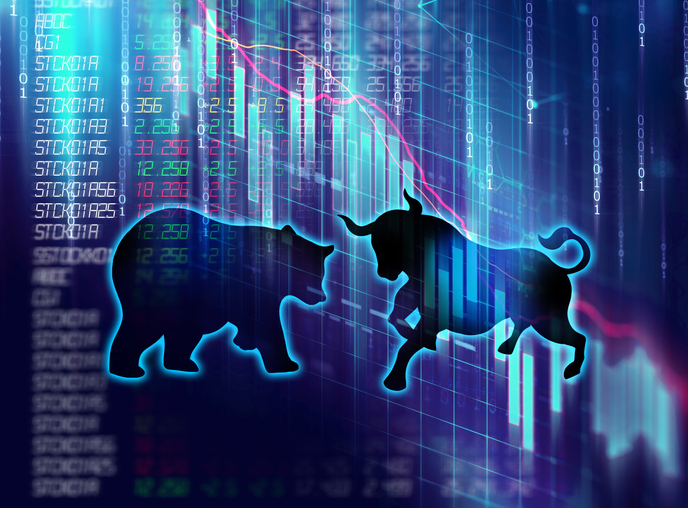
Understanding the basics of algorithmic trading
Algorithmic trading, also known as automated trading or black box trading, is the use of computer algorithms to execute trades automatically based on predefined rules. These rules can be based on a variety of factors, including market conditions, price movements, and the results of technical analysis. Algorithmic trading is a popular method among institutional investors and hedge funds, as it allows them to execute trades at a faster pace and with a higher degree of accuracy than manual trading.
In this article, we'll take a closer look at the basics of algorithmic trading and how it works.
How does algorithmic trading work?
Algorithmic trading involves the use of computer programs to analyze market data and make trades based on specific rules. These programs, also known as trading algorithms, can be based on a variety of factors, including technical indicators, statistical analysis, and machine learning.
Trading algorithms are often used in conjunction with electronic trading platforms, which allow traders to execute orders electronically in real-time. Once a trade is executed, the algorithm will continue to monitor the market and make any necessary adjustments to the position.
What are the benefits of algorithmic trading?
There are several benefits to using algorithmic trading, including:
Speed: Algorithmic trading allows traders to execute trades at a much faster pace than manual trading. This is especially important in fast-moving markets, where a delay in execution could result in significant losses.
Accuracy: Trading algorithms can execute trades with a higher degree of accuracy than humans. This is because they are not subject to emotions or other psychological biases that can affect decision-making.
Consistency: Algorithmic trading allows traders to follow a consistent strategy, rather than relying on gut feelings or reacting to market conditions on the fly.
Cost effectiveness: Algorithmic trading can be more cost-effective than manual trading, as it does not require the trader to be physically present to execute trades.
What are the risks of algorithmic trading?
While algorithmic trading has many benefits, it is not without risks. Some of the potential risks include:
System errors: Trading algorithms are only as good as the code they are based on. If there are errors in the code, it could result in incorrect trades or other issues.
Market conditions: Algorithmic trading relies on predefined rules, which may not always be suitable for all market conditions. This can result in significant losses if the market moves in an unexpected direction.
Dependency: Algorithmic trading can create a dependency on technology, which could be a problem in the event of a technical failure or other issue.
Conclusion
Algorithmic trading is a popular method among institutional investors and hedge funds, as it allows them to execute trades at a faster pace and with a higher degree of accuracy than manual trading. While there are many benefits to using algorithmic trading, it is important to be aware of the potential risks and to have a robust risk management strategy in place.
We at algosRus.com specialize in developing algorithmic trading software as per your requirments on brokerages like Alpaca.markets, Interactive Brokers, TD Ameritrade and Meta Trader 4/5.